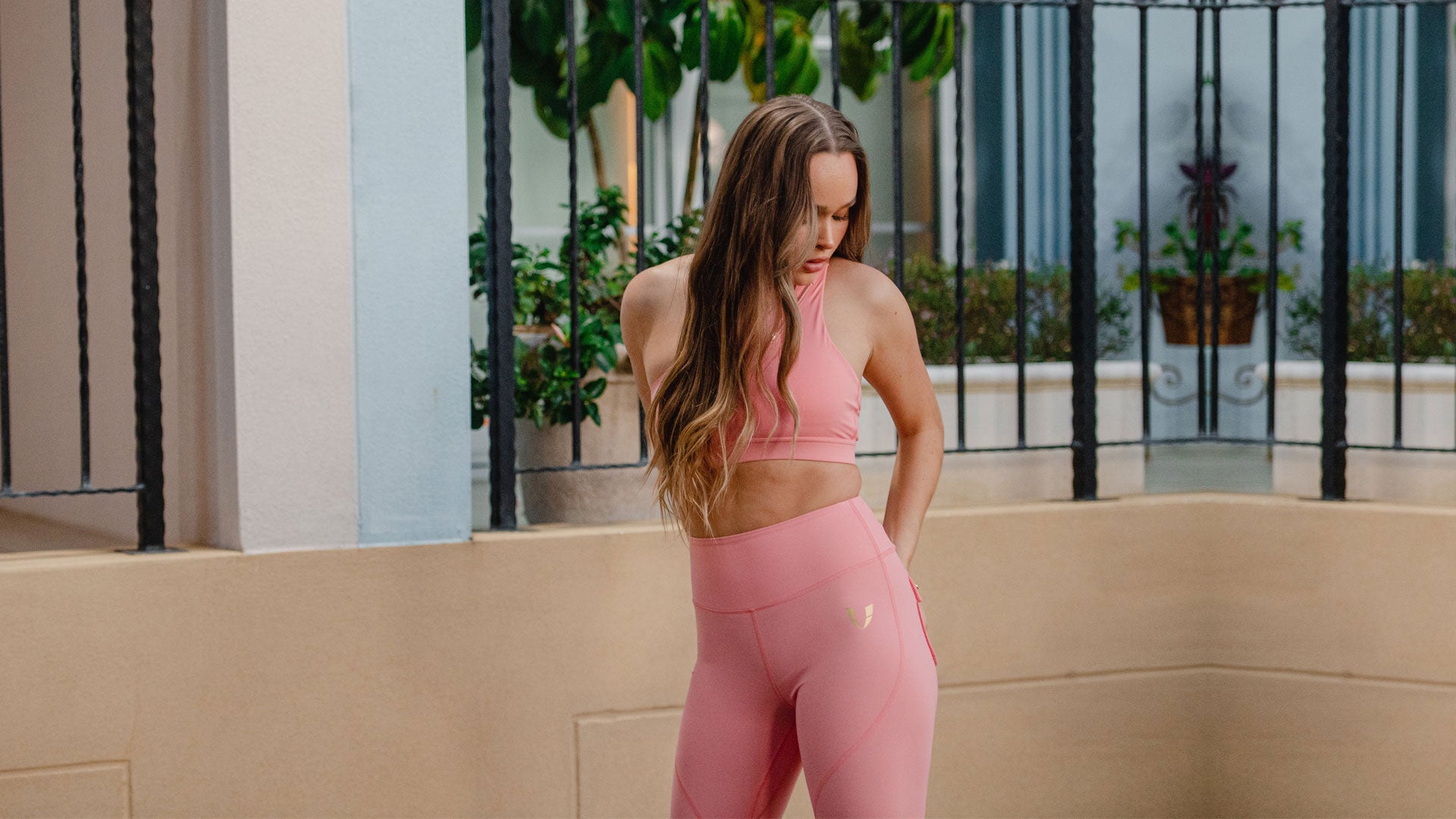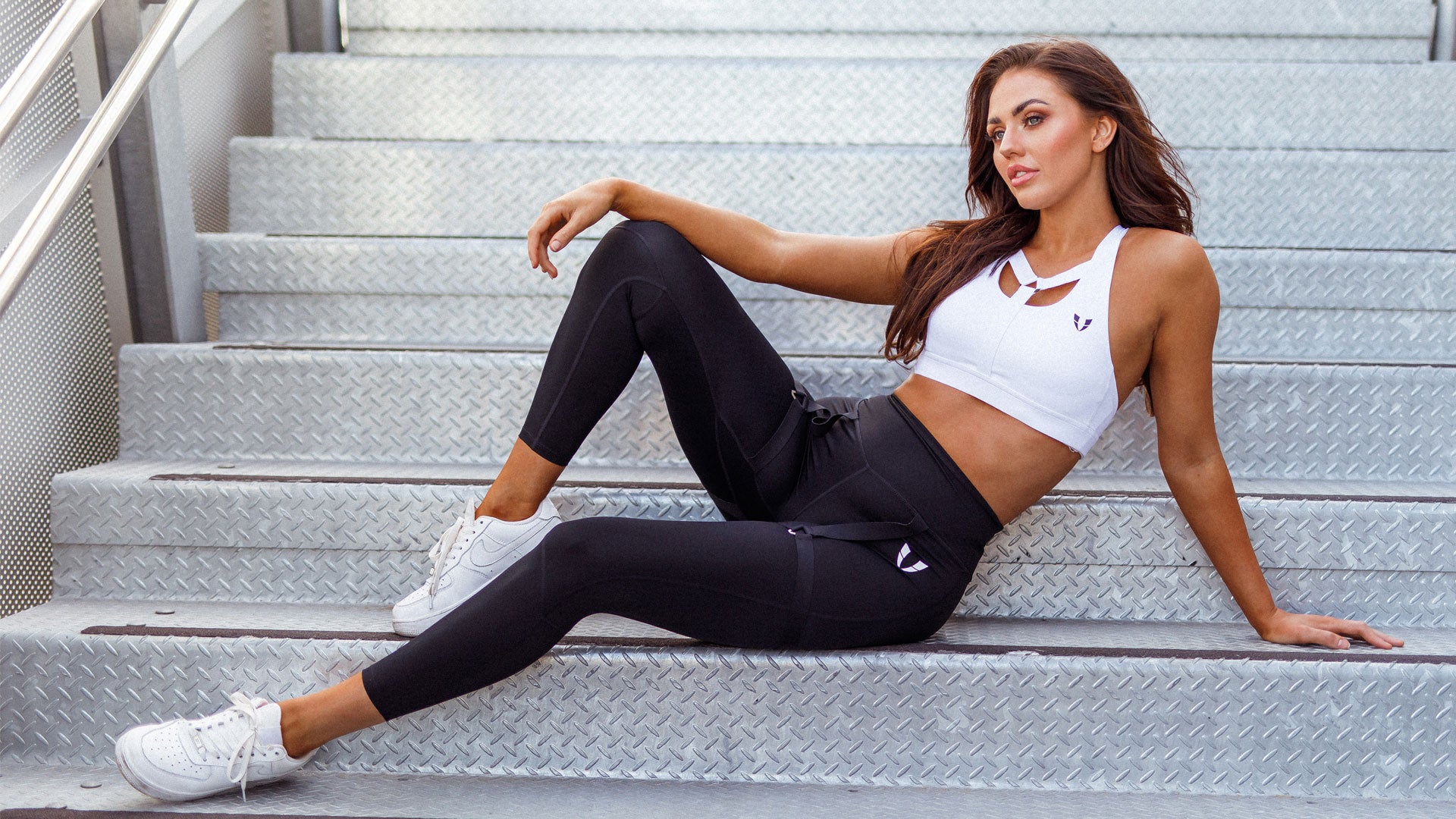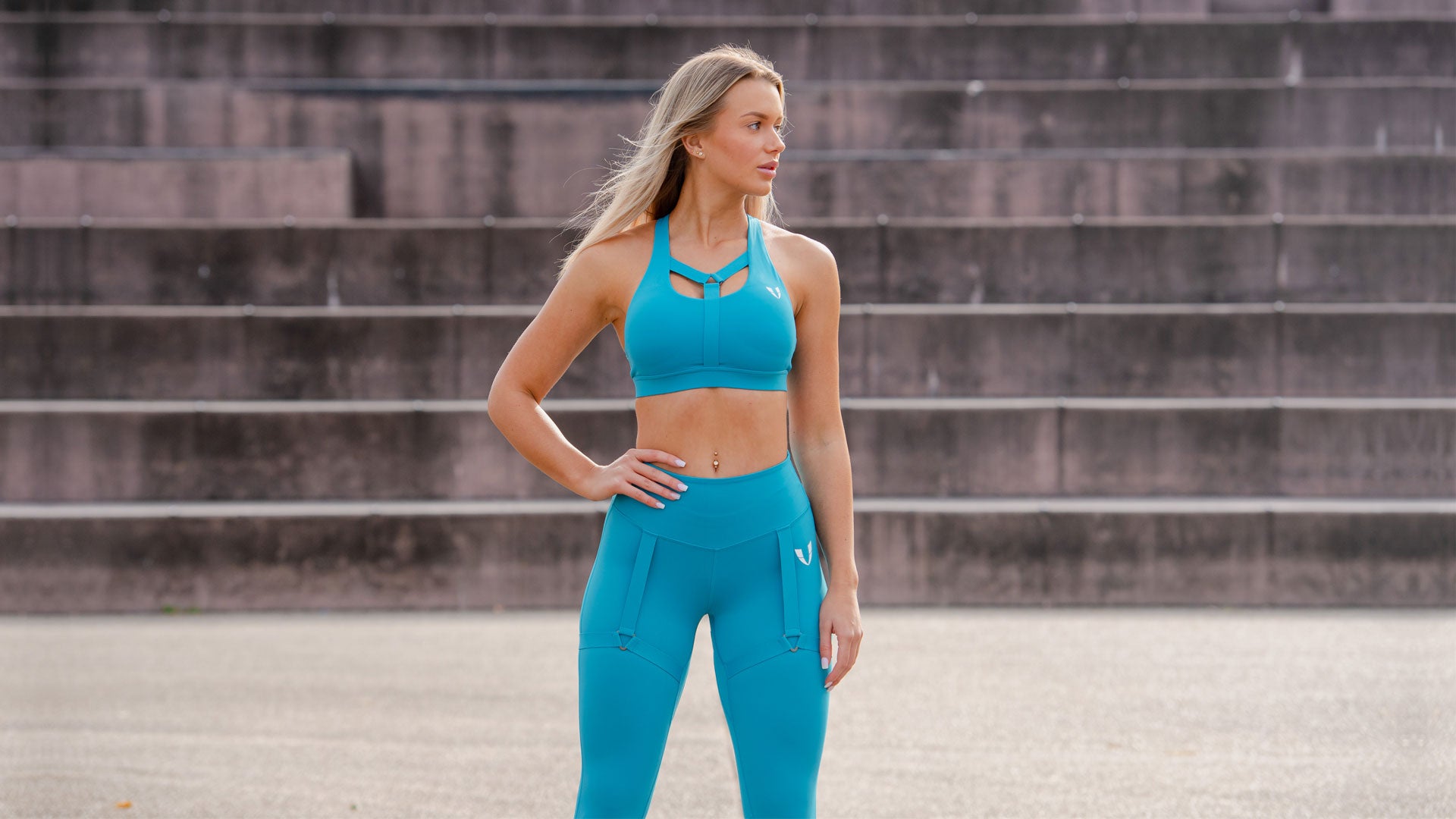
Working out in hot vs. cold climates
Should you work out in the heat or the cold if you want to heat up your workouts? It turns out that working out in hot vs cold climates can impact how you train! Both hot and cold conditions offer unique benefits for the body and mind. Take a look at what every fitness-minded person needs to know about the optimal temperature for working out!
Exercising in Hot Weather
Many people prefer to exercise in hot weather because they like the feeling of sweat and sunshine. It can be easy to get revved up to burn more calories when conditions are hot. Of course, hot-weather workouts come with some safety concerns. Working out in extreme heat can be dangerous because body temperature rises rapidly. Here's a look at some of the dangers to watch out for when working out in the heat:
- Extra pressure on the lungs and heart.
- Increased precipitation from the body's own cooling mechanism.
- Heatstroke.
Humidity can exacerbate the dangers of working out in the heat. Luckily, there's plenty that can be done to make hot-weather workouts safer. First, it's important to stay hydrated by drinking plenty of fluids before, during and after exercise. It's also important to listen to the body's cues. Feeling nauseous or lightheaded could be a sign of overheating. Of course, attire is especially important on hot days. A cool tank top is ideal for allowing airflow to reach the skin.
Is there any truth to the idea that exercising in the heat helps people to burn more calories because of increased heart rate? In reality, the body will burn the same number of calories regardless of heart rate. The extra work that the heart is doing can increase the risk of dehydration due to reduced blood volume.

Exercise in Cold Weather
Do you burn more calories exercising in cold weather? Research shows that there is actually truth to this rumor. It's believed that chilly temps actually change the structure of the mitochondria in a way that turns white fat cells into powerhouse fat-burning beige fat cells. What's more, the body reacts to cold temps by burning more fat as fuel as a survival mechanism to stay warm. That's great news for anyone worried that working out in an air-conditioned gym isn't providing a true calorie-burning workout. It turns out that those chills and shivers experienced on the way from the locker room to the workout station could be the secrets for burning more calories in less time!
Of course, anyone who is working out outdoors in cold weather needs to be mindful of wearing proper attire. When working out in cold temperatures, it's important to keep the skin protected against windburn, frostbite and hypothermia. Ideally, the face and hands should be properly covered. A high-quality workout hoodie is also important for maintaining flexibility and mobility without remaining uncovered. Layering is a good strategy for staying covered while preventing overheating as the workout gets more intense.
Cold Weather vs. Hot Weather Training
For people who exercise outdoors, exercising in heat and coldness will be part of the seasonal cycle. That means having a four-season plan for staying hydrated and properly dressed. Both training styles require proper skin protection. In the summer, that can look like sunscreen and a visor. Gloves and a ski mask could be necessary on frosty days. It's also important to hydrate in cold weather even though the process may not feel as depleting as a hot-weather workout. Ultimately, the body is burning even more calories when the body is cold even if thirst cues don't fire up as quickly.
Optimal Exercise Temperature
What's the perfect temperature for working out if people could simply set a thermostat for Mother Nature? The ideal temperature for workouts falls somewhere between 69 degrees Fahrenheit and 72 degrees Fahrenheit. That basically means an average spring day in most parts of the country. Very few cities actually experience these types of temperatures all year long. As a result, most people who work out outdoors need versatile workout gear. The good news is that most homes and gyms are set to 69 to 72 degrees Fahrenheit throughout the year. That means that most people are already getting the "perfect workout temperature" when using a gym or home for their workouts.
It's not just the external temperature that can "make" a workout! Most people don't know that there's actually a peak time of day for working out based on when body temperature peaks. According to the American Council on Exercise, that happens during the late afternoon. Anyone who ends their workday in the late afternoon gets the benefit of squeezing in a workout when body temperature is at its peak point for performance and calorie burning.
Final Thoughts on Working Out in the Heat and Cold
While avoiding extremely frozen or boiling temperatures is advised for safety reasons, there's no bad time of year to work out! Successful workouts all come down to a person's willingness to consistently carve out time for workouts, find workouts they enjoy and show up with the right gear for performance. That means everything that's needed to stay hydrated, flexible and comfortable.
Dressing for the weather is so important for ensuring that workout clothing doesn't accidentally create safety issues related to everything from heatstroke to hypothermia. Clothing should also be lightweight and fitted enough to never bog down workouts, reduce the range of motion of creating self-conscious feelings. The takeaway is that dressing for workout weather is the best way to safely work out in any weather.



اترك تعليقًا
This site is protected by hCaptcha and the hCaptcha Privacy Policy and Terms of Service apply.